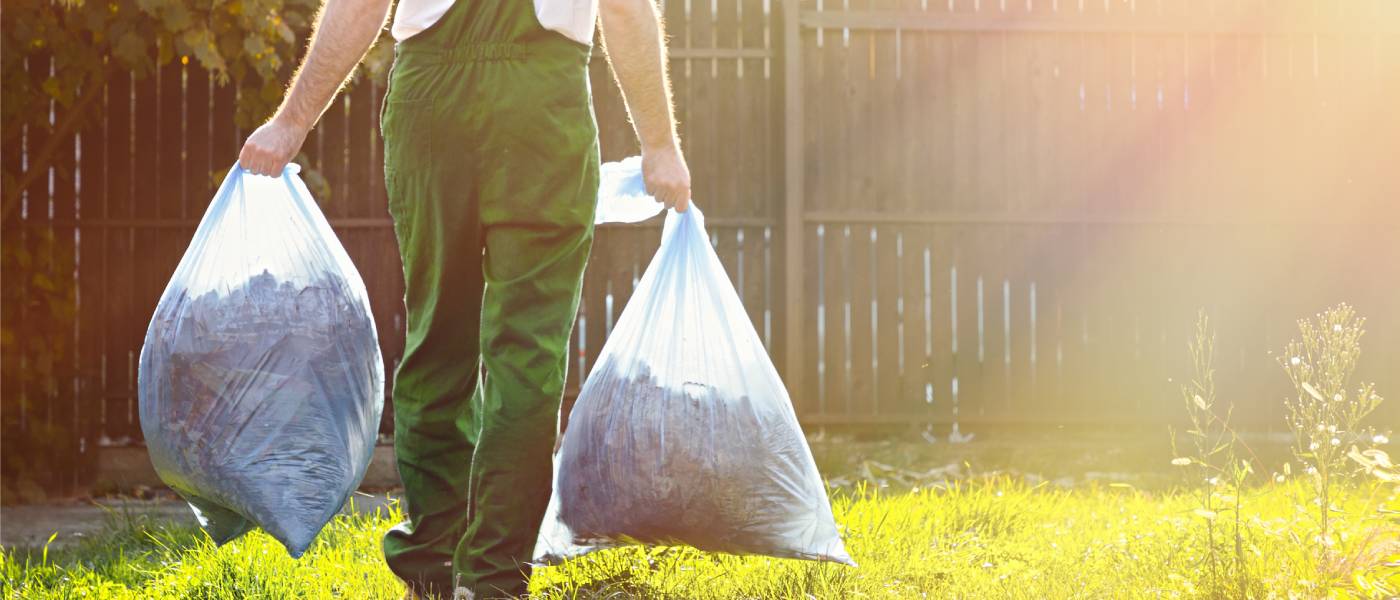Is your backyard feeling more like a jungle than a serene retreat?
If so, it’s time to declutter and transform your outdoor space. No matter what your lifestyle looks like, maintaining a clutter-free yard can be a challenge. However, with the right strategies, you can turn your yard into an oasis of beauty and tranquility. These next-level landscaping tips are key to keeping your yard clear of clutter and streamlining your day-to-day for comfort and enjoyment.
Before you can begin decluttering, you need to assess your yard’s current state. Walk around and take note of any problem areas, looking for overgrown plants, scattered tools, and any items that don’t belong in the yard. This will help you identify where to focus your efforts and create a plan for tackling the clutter.
Once you’ve identified the problem areas, create a plan of action. Decide which areas you’ll tackle first and set realistic goals for each session.
Pruning and Trimming Overgrown Plants
One of the most effective ways to declutter your yard is by pruning and trimming overgrown plants. Overgrown shrubs and trees can make your yard look chaotic and unkempt. Regular pruning helps maintain the shape and health of your plants, making your yard look neat and well-maintained.
Timing is crucial when it comes to pruning. Cut back flowering shrubs after they bloom and trim trees during their dormant season to minimize stress. Knowing when to prune different plants will ensure healthy growth and a tidy appearance.
Designating Locations for Storage
Garden tools and supplies can quickly become a source of clutter if not properly organized. Keeping these items neatly stored will make them easier to find and use while preventing them from cluttering up your yard. Having a designated place for each item will keep your tools organized and accessible.
Storage containers can help keep smaller items like seeds, gloves, and twine organized. Label each container and group similar items together to make it easier to find what you need and keep your supplies in order. For larger equipment, you may need additional space. These tips for storing your lawnmower will ensure your investment stays in good condition when not in use.
Disposing of Yard Waste
Yard waste, such as fallen leaves, grass clippings, and branches, can quickly accumulate and create clutter. Composting is an eco-friendly way to dispose of material without exacerbating your carbon footprint. Create a compost pile or bin in your yard and add organic waste such as leaves, grass clippings, and vegetable scraps. Over time, this waste will break down into nutrient-rich compost that you can use to fertilize your garden.
For yard waste that can’t be composted, use biodegradable yard waste bags. Check with your local waste management service for collection schedules and guidelines. Properly bagging and disposing of yard waste will keep your yard looking neat and tidy.
Hiring Third-Party Help
Life gets pretty busy, so it’s easy to let things go. Hiring some help from a professional to clean inside your home as well as a landscaper to tackle your yard can be a great way to save time and energy. However, it’s important to understand the etiquette of having a housekeeper and maintaining a good relationship with any pro who works on your yard and landscaping. This ensures that interactions go smoothly and all expectations are met, both inside and outside the home.
Conclusion
Keeping your yard clear of clutter requires consistent effort and a strategic approach. By following these next-level landscaping tips, you can transform your outdoor space into a beautiful, functional, and enjoyable retreat.


